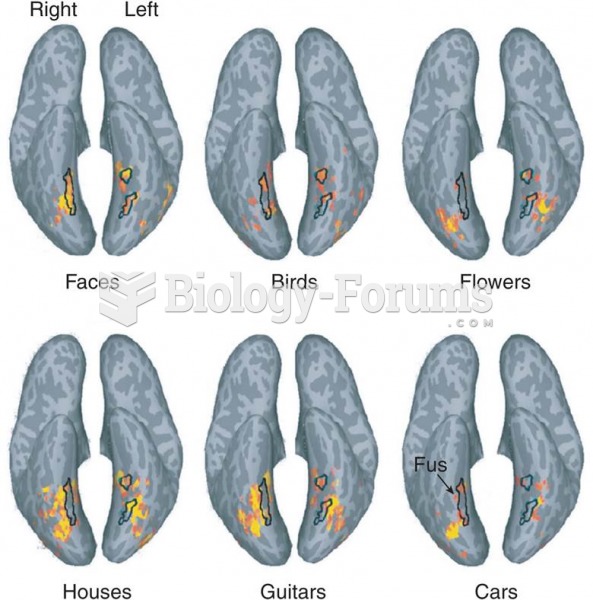Answer to Question 1
FALSE
Answer to Question 2
Ludus: This refers to love that is playful, flirtatious, carefree, and casual. Ludic lovers don't care as much about commitment as they do about playing the sport or the game of love. For the ludic lover, variety is truly the spice of life-the more partners, the better.
Because ludic lovers don't share intimacy, love with a ludic person is fun and easy going, nonchalant and unconcerned about tomorrow.
Manic: Jealousy, envy, protectiveness, and exclusivity are the hallmark traits of manic lovers. Manic love is frenzied, agitated, hectic, and chaotic all at the same time. The highs are very high, the lows are very low-making the relationship very much a roller-coaster ride of emotions. When a love relationship ends, a manic lover has difficulty thinking of anyone or anything else except the lost love.
Pragma: Practicality and logic guide the pragmatic lover. With pragma love, the costs and benefits associated with love are carefully weighed and considered before entering into a relationship. If the perfect mate items on the pragmatic lover's list are fulfilled-suitability of education, family background, socio-economic status, religion, etc., the love candidate has a good chance of becoming a mate or life partner.
Agape: Agape love is a selfless, enduring, other-centered type of love. Taken from the Latin word caritas, which means charity, the Greeks used the term agape love to refer to unconditional, willful, I-love-you-because-I-choose-to kind of love. It is a love type that provides intrinsic (rewarding in and of itself) satisfaction, with no reciprocity expected or demanded. Inherent to agape love is patience, kindness, and permanence.







